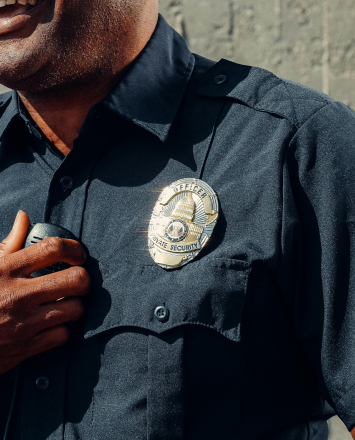In an overcrowded market with fake Jewelry, precious metal authentication and gemstone verification services are also the needs of a collector, investors, and enthusiasts. The threat of buying counterfeit Jewelry still is big, especially in vintage markets.
Experts suggest you avoid scams and find genuine jewels. This guide discusses red flags, along with technical insights together with methods on how one may measure if their Jewelry is authentic or fake.
Hallmarks and Stamps on Precious Metals.
Hallmarks or stamps are probably the easiest ways to authenticate precious metals such as gold, silver, and platinum.
These are located mostly on the inside of rings, necklace clasps, or bracelets; these will tell about metal purity. For example, it is said that the gold Jewelry is real since it will have stamps like "10K," "14K," or "18K," indicating what is in karats. Platinum is marked a higher standard and marked as "950," which indicates 95 percent content; silver is often marked "925," an international designation for 92.5 percent purity. Notably, the entire hallmark stamps can be faked. Most counterfeiters use the forged stamps on low-grade metals in an attempt to dupe clients. This implies that hallmarks can represent an admirable starting point for authenticity but require further validation.
Magnet Test-Painless and Rapid Process to Verify Metal Authenticity.
The magnet test is a rough Jewelry inspection, even though it can be true. Gold, silver, and platinum are not magnetic and will not be attracted to a magnet.
If attracted, then chances are better than not that it's some form of base metal plated over with precious metal, perhaps nickel or steel.
This test is best suited to check counterfeit gold Jewelry, a piece of Jewelry that has a metal core covered with gold plating. This test quickly detects forgeries, but it is not entirely failsafe. Some counterfeiters have used nonmagnetic metals such as brass or copper that pass the magnet test. Therefore, magnet testing must always be used with other methods to assure proper verification.
Acid tests for gold, silver, and platinum.
Acid testing: This is one of the most specific methods used by the experts to find out the actual precious metals.
Nitric acid is applied to some secret portion of the Jewelry and then well known reactions take place there to find which metal is present in that Jewelry.
Gold is not reactive to nitric acid. Copper or brass changes color when it is placed in the acid. Silver turns milky whitish in color in the acid; therefore, its legitimacy is sure. Acid testing kits are readily available over the counter and should be managed with care; a damaged Jewelry item may result from the misuse of an acid testing kit, and you should seek professional help if you have the slightest doubts.
Why Loupe Matters: Authenticating Gemstone.
Monitor gemstones In general, gemstones must be viewed closely. For instance, under a jeweler's loupe, every time, a loupe surface examination has to be carried out for observing inclusions, imperfections, and evidence of treatments. Generally, smaller inclusions or color zoning would, of course, have an apparent origin. Under magnification, the imperfections prove that the gem is a natural one. Synthetic gemstones contain few inclusions and often are almost flawless when magnified. Simulants, such as cubic zirconia, reveal their secrets with differences in clarity and brilliance that betray them to an educated eye.
Fog Test for Diamonds.
The fog test: This is another simple test for diamonds. Just breathe on the diamond as you might breathe on a mirror. Fog test Real diamond smears out quickly Fake holds onto fog longer, such as in the case of cubic zirconia. The fog test is a simple test and must not be relied on to identify the diamond. Diamond testing devices test thermal conductivity as a more precise process of establishing whether a given gem is a diamond or not.
Balancing Jewelry: the density test Real gold is denser and heavier than common fakes. One can weigh it and later compare it to a real piece of the same size. One should feel seriously disappointed by the lightness of a fake piece. Natural diamonds and precious stones have a greater density than synthetic ones. Weight differences or perceptions between the suspect fake and the actual gemstone can identify the differences that raise suspicions of such frauds. Seek professional appraisal Proper tools and knowledge are utilized by jewelers and gemologists today for the verification of precious metals and gemstones.
More than one test might need to be done in conjunction with another to accomplish it, and expert appraisals are well worth the investment for a serious collector or someone making a highly valued purchase. In general, the best result can be obtained by using several methods for testing fake precious metals and gemstones. You should examine hallmarks, apply magnet tests, acid tests, and check it with experts to be completely sure that the piece of Jewelry you're going to purchase is authentic. Once you master these tips, you will never again fall for counterfeits and make valuable investments.





